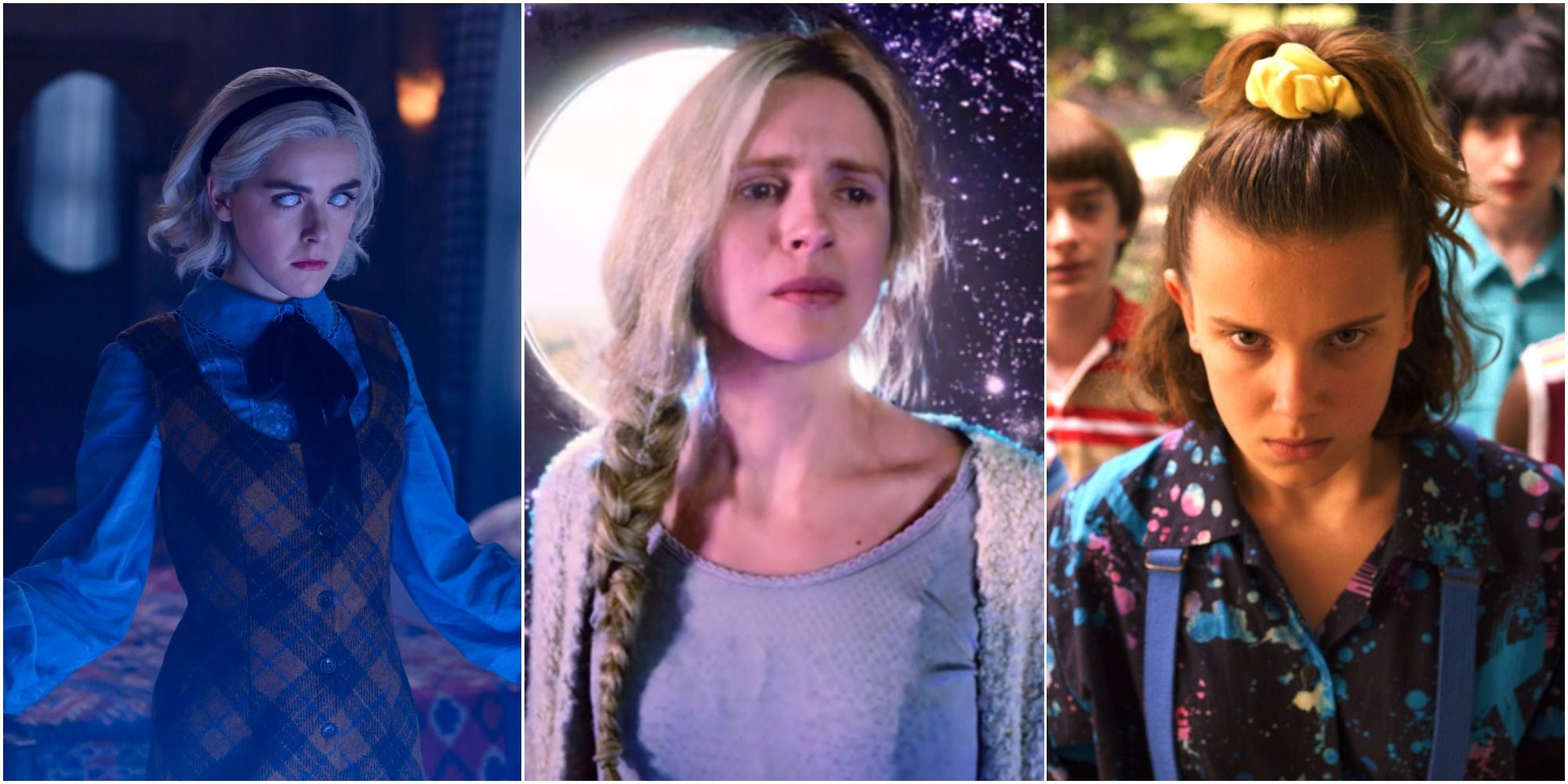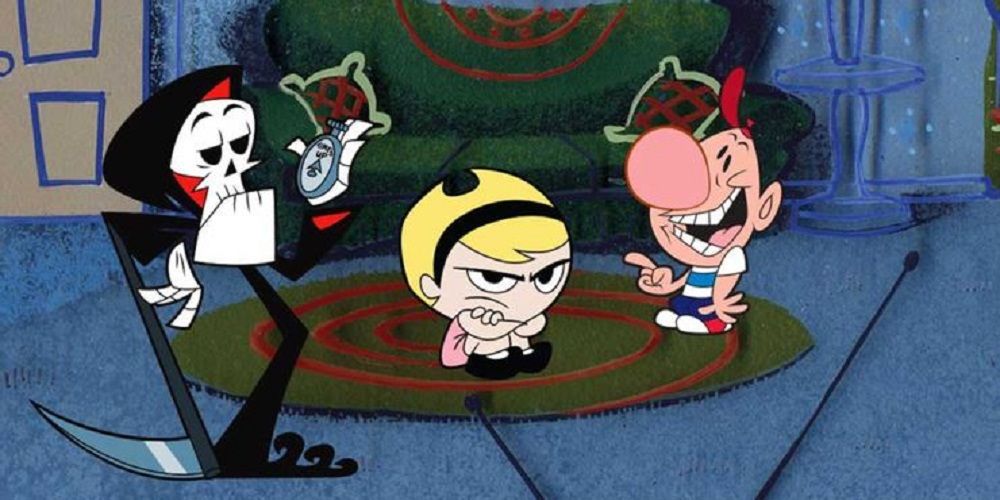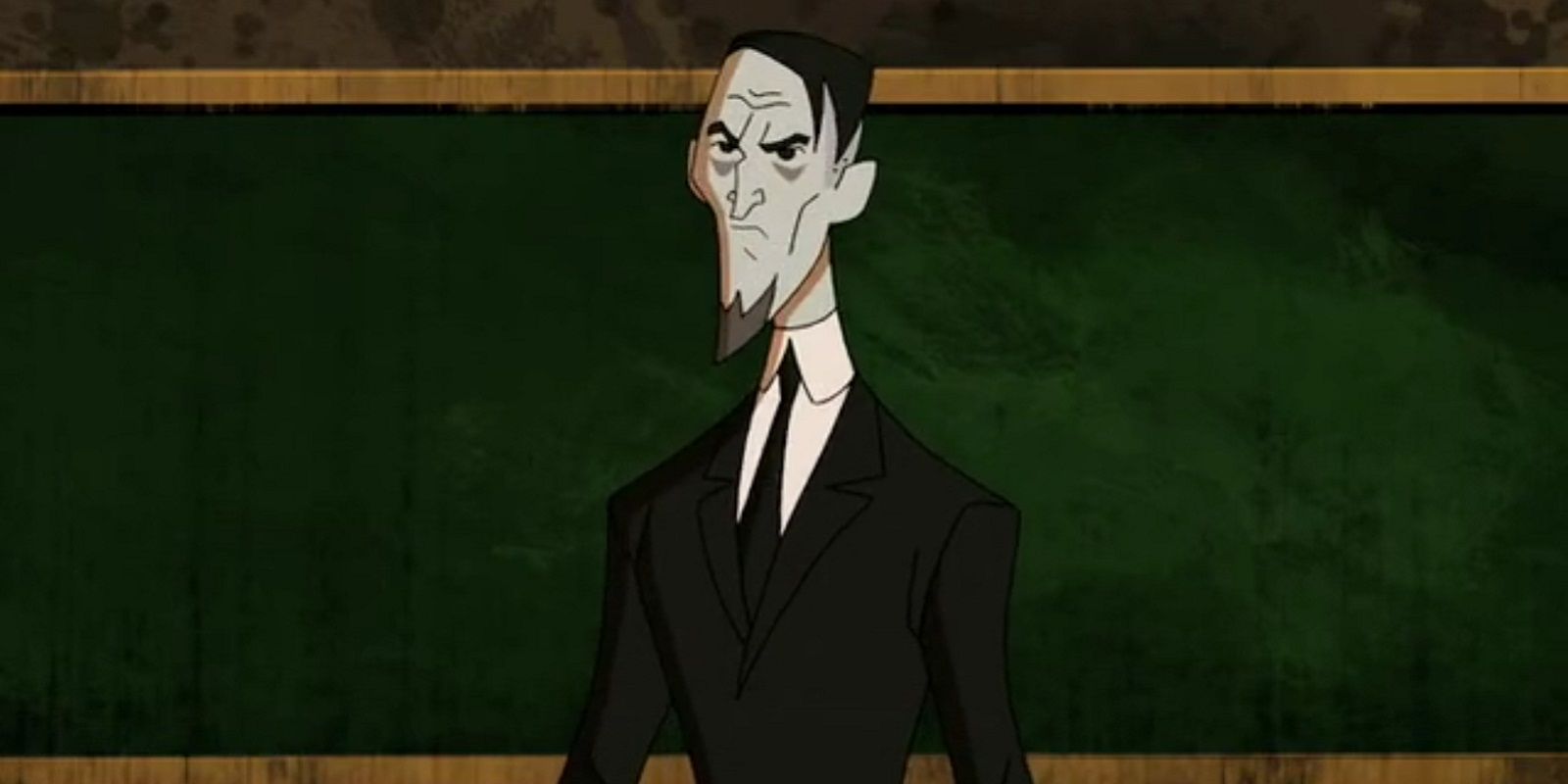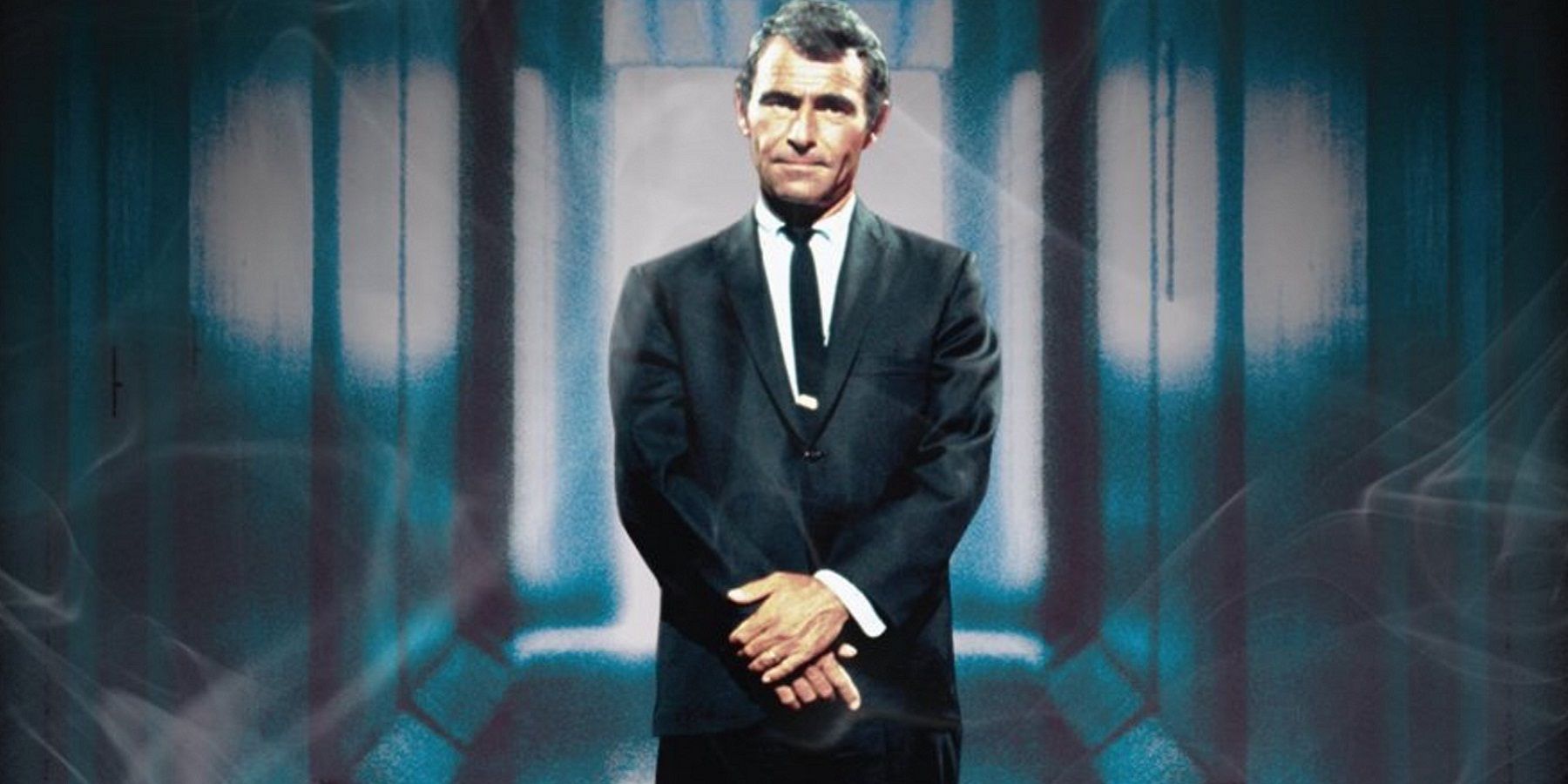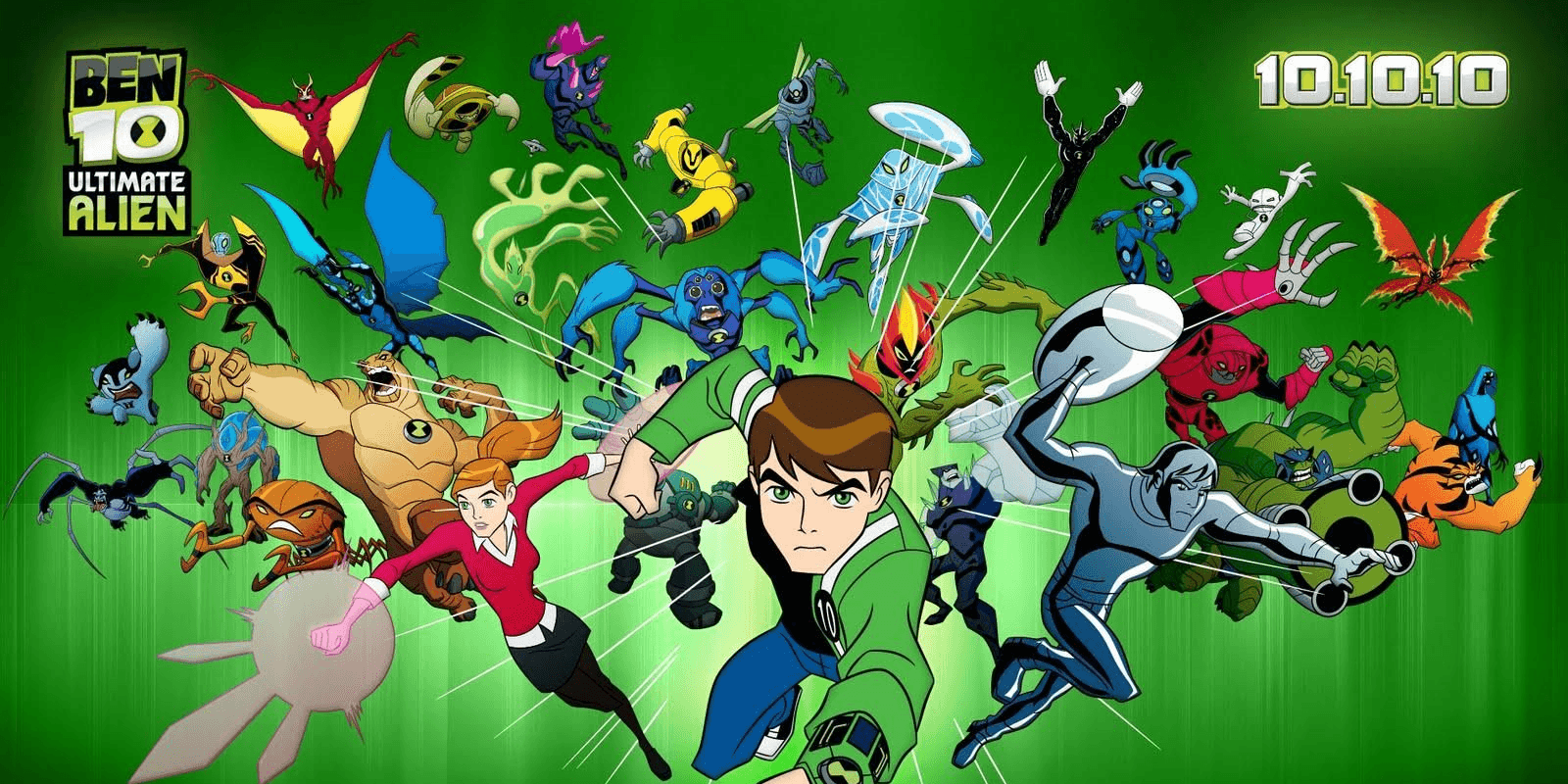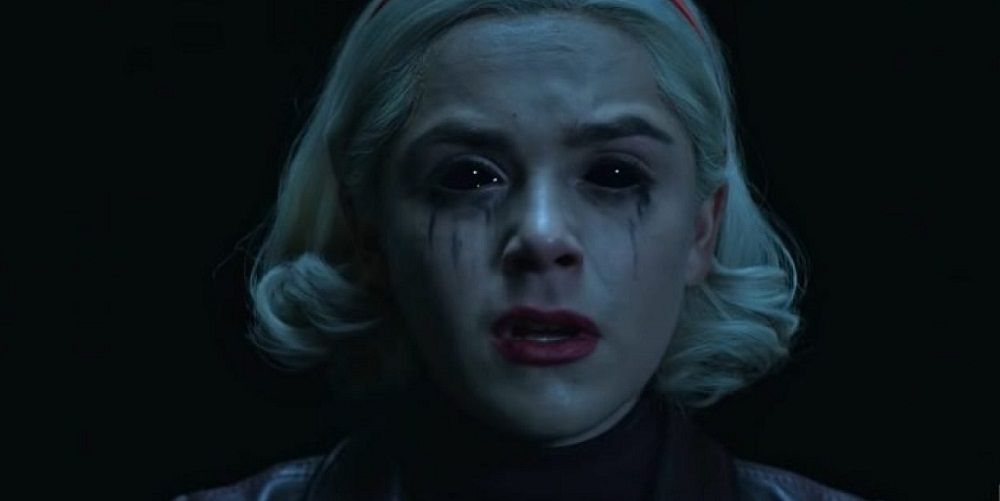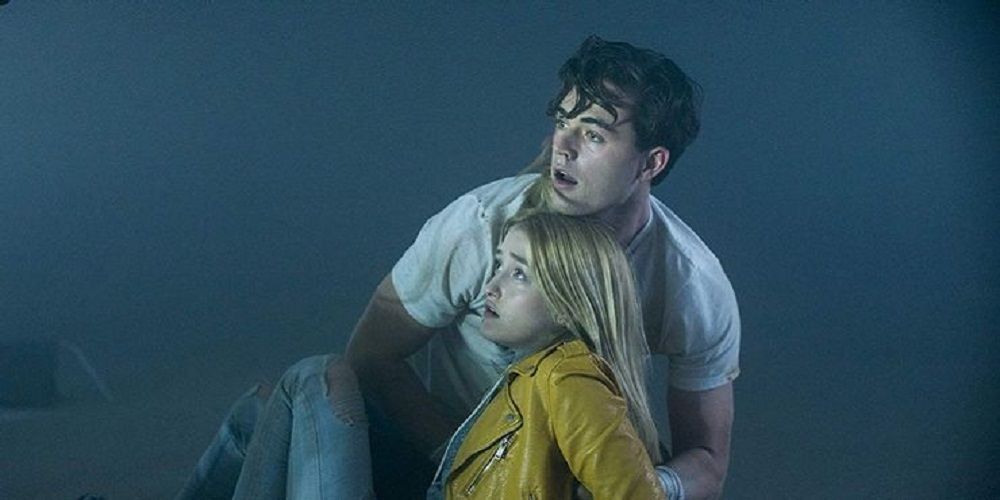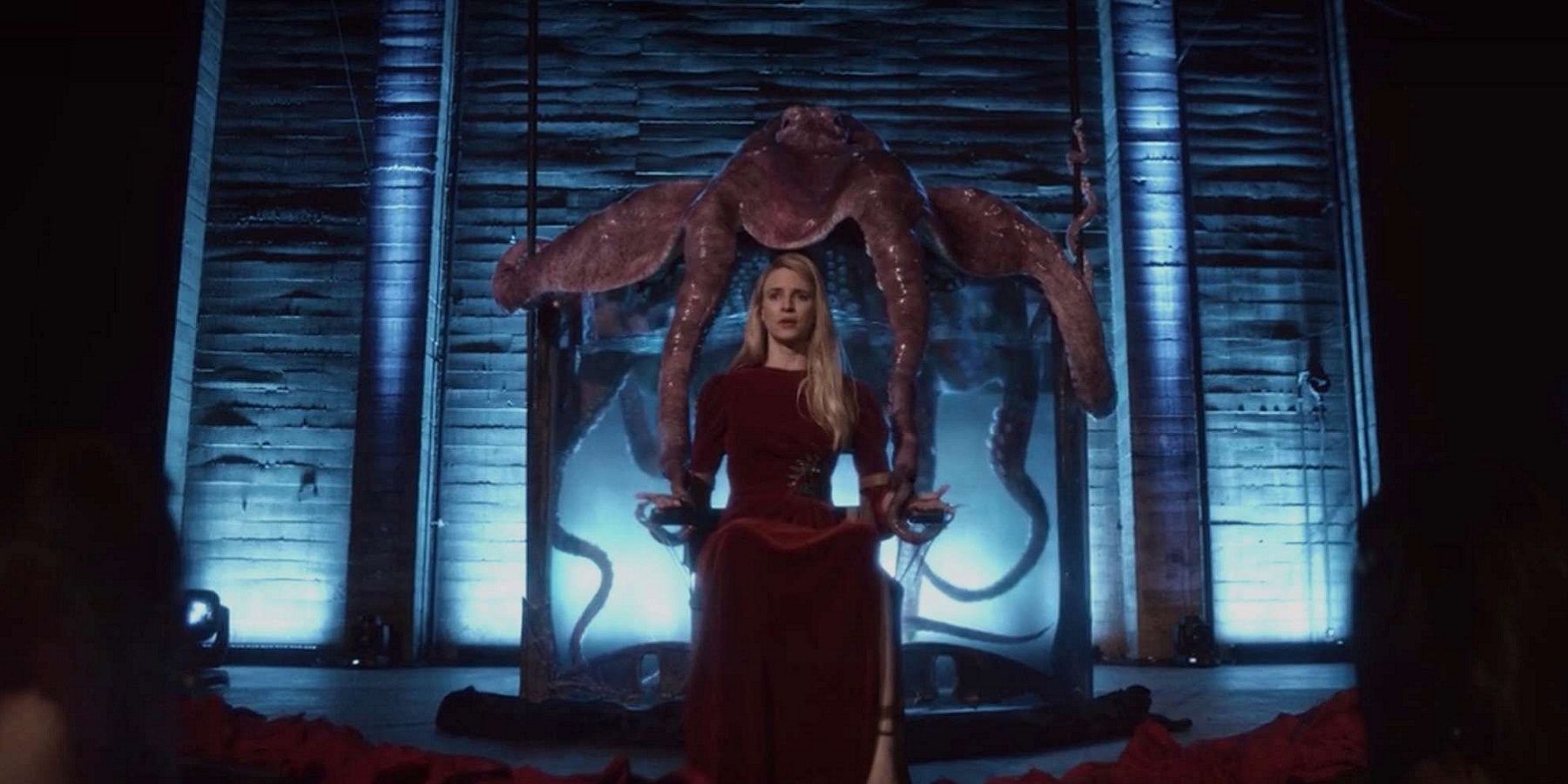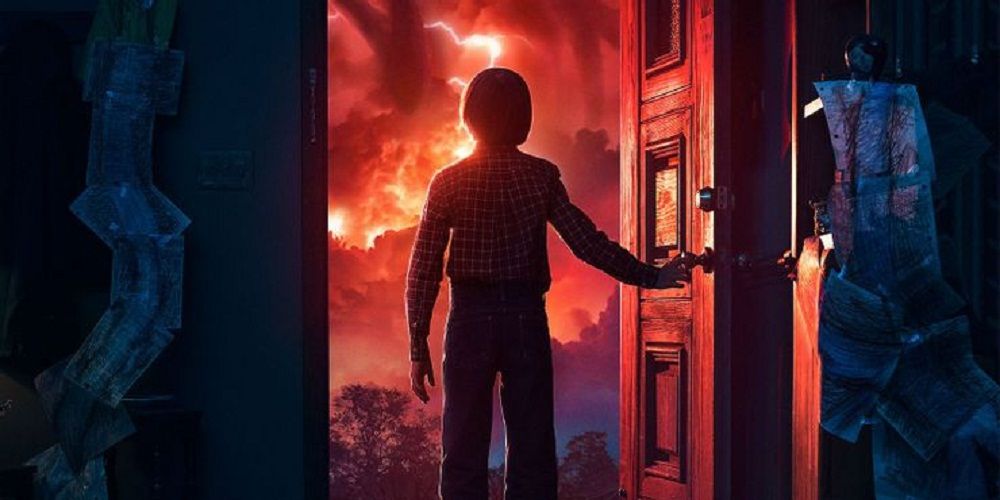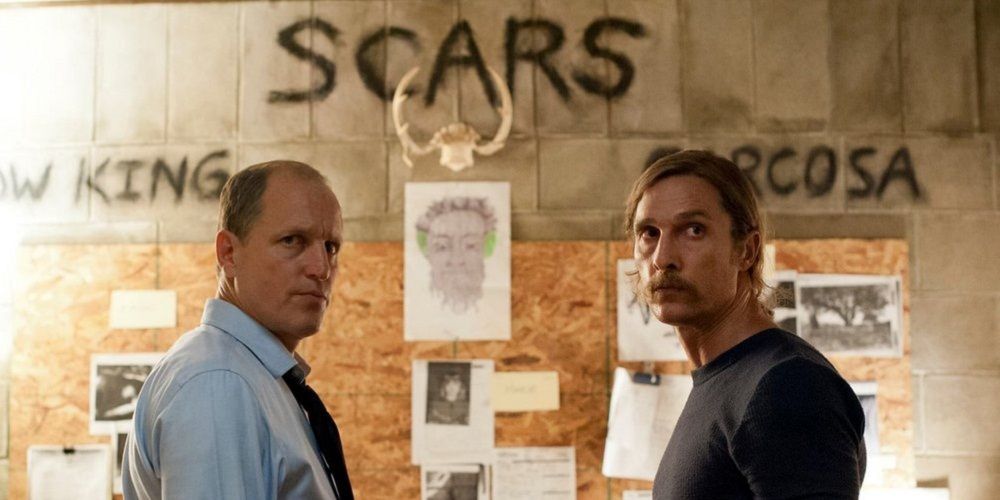Nearly throughout his entire life, Howard Phillips Lovecraft remained unrecognized for his contribution to the horror genre. But much later, in the 20th century, his work garnered the appreciation it deserved, making him one of the most prolific and renowned supernatural horror authors.
Today, the influence of his work can be spotted in almost every medium. From Stephen King's novels and full-feature films to anime and live-action television shows, Lovecraft's unique themes and mythos have inspired a large body of adaptations. But along with direct adaptations, there are filmmakers and creators out there who have subtly adopted fantastical elements of his cosmic tales.
The Grim Adventures Of Billy And Mandy
Titular characters, Billy and Mandy, have contrasting personalities. While Billy is dim-witted and kind, Mandy is sharp as a tack but quite sinister in her motives. Joining the two is a Grim Reaper who, after losing a limbo contest, gets stuck with them and their gimmicky adventures.
Although The Grim Adventures Of Billy And Mandy is not entirely influenced by H.P. Lovecraft's work, two of its episodes ("Big Trouble in Billy's Basement" from season 1 and "Prank Call of Cthulhu" from season 5) feature cosmic Lovecraftian deities, Yog-Sothoth and Cthulhu.
Scooby-Doo! Mystery Incorporated
Set in Crystal Cove aka the Most "Hauntedest" Place on Earth, this series walks viewers through the terrifying and equally hilarious adventures of Scooby, Shaggy, and their gang that unravels the mysteries of the town. The episodes "The Shrieking Madness" and "Pawn of Shadows" feature a guest-star who goes by the name Professor H.P. Hatecraft.
Labeled as the author of otherworldly horror stories, the character is clearly a comic spin on H.P. Lovecraft. Other than that, towards the end of the series, Scooby and his gang also visit Miskatonic University, which is a university in Lovecraft's fictional town of Arkham.
The Librarians
In the adventure comedy, The Librarians, a group of librarians are assigned the task of protecting ancient relics and artifacts from all over the world. One of its episodes, titled "And the Cost of Higher Education," is set in Wexler University, which, according to the storyline of the show, is the fictional university that H.P. Lovecraft used as a model for his own Miskatonic University.
In addition, there's also a scene where a character named Lucy summons a strange octopus-like entity called Hydra-Stat. Although not directly implied, Hydra-Stat seemingly alludes to Lovecraft's Cthulhu.
Night Gallery
Akin to Rod Sterling's The Twilight Zone, Night Gallery follows an anthology format in which each episode unravels a new tale behind a painting in an old museum.
While two episodes of the series from season 2 ("Pickman's Model" and "Cool Air") are direct adaptations of Lovecraft's short stories, another episode from the same season, titled "Professor Peabody's Last Lecture," makes several allusions to the Mythos of Cthulhu.
Ben 10: Ultimate Alien
Almost in the same vein as Ben 10: Alien Force, Ultimate Alien marks the inception of a whole new adventure for Ben Tennyson, whose true identity comes out to the real world. Although it deeply affects his judgment towards fighting evil, he keeps doing so using his new Ultimatrix.
The main antagonist in the third season of the show is named Diagon, who is a demonic entity from another dimension and represents an octopus in its true form. Its abilities, motives, and appearance are loosely inspired by the Lovecraftian Dagon and Cthulhu.
Chilling Adventures Of Sabrina
A new-age adaptation of Sabrina the Teenage Witch from the Archie comics, Netflix's Chilling Adventures of Sabrina brings its own little twists to the origin story of the fictional teenage witch. The series shows how Sabrina tries to grapple with her reality of being half-witch and half-mortal by balancing both elements. In the meantime, evil forces brew in the backdrop.
Chilling Adventures of Sabrina is replete with Lovecraftian influences, among which the most common one is its use of the term "Eldritch Terrors" for its antagonists. H.P. Lovecraft used the same term for deities from the Cthulhu Mythos and although the show's antagonists are not directly named after Lovecraftian deities, they borrow several traits from them. Other references include the mention of the town of Innsmouth from the novella At the Mountains of Madness, along with a subtle reference to the city of Carcosa.
The Mist
While H.P. Lovecraft drew his inspiration from Edgar Alan Poe, many modern horror authors, like Stephen King, are inspired by Lovecraft's works. The Mist, considered to be among King's best works by many, has both a movie and a TV adaptation.
While the movie's narrative, bleak ending, and subtle allusions to God-like creatures make it pretty evident that Lovecraft's mythos are right in the mix, the show takes a psychological route that comes more in tandem with Silent Hill. Nonetheless, time and again, viewers get a glimpse of creepy monsters, suggesting that not all Lovecraftian under bearings of the original story have been eradicated in the series.
The OA
The OA, for many, is among the most imaginative and thought-provoking shows that have come out in recent years. Although there are no direct Lovecraftian implications in the show, there's an underlying sense of cosmic dread in its themes. Not to mention, there's a giant Octopus in the second season who refers to himself as Azrael (the Angel of Death) and telepathically communicates with the protagonist, Praire.
Associating Lovecraftian horror with anything that involves tentacles is a bit much, but the cosmic abilities of the creature and the show's notions surrounding man's irrelevance in the context of the vastness of the universe suggests some Lovecraftian influences.
Stranger Things
Towards the end of its first season, Stranger Things makes it pretty evident that all the mysterious events in its fictional small town are tied down to an unknown creature called the Shadow Monster. The Shadow Monster is no different from Lovecraftian deities who make readers feel insignificant compared to the sheer scale of their powers.
Matt Duffer himself confirmed this by saying, "There’s an H.P. Lovecraft sort of approach, this inter-dimensional being that is sort of beyond human comprehension. We purposely don’t want to go too much into what it is or what it wants.”
True Detective
True Detective's gothic approach towards its crime noir drama is enough to get the attention of most viewers. But more than that, it's the show's elusive supernatural elements that had fans talking about its links with Lovecraft's works. To begin with, the show's direct references to the Lost City of Carcosa highlight how there's some Lovecraftian influence in its premise.
Along with that, Hastur aka the Yellow King, who is somewhat of an unseen overarching villain in season 1, comes straight out of H.P. Lovecraft's mythos. Due to these horror roots in Lovecraftian philosophies and tales, many fans also believe that the show takes place in an actual Lovecraftian universe. Although this is a bit over-the-top, it's quite a plausible theory.

